The beauty of digital commerce is that retailers have access to endless customer and behavioral data to inform marketing decisions.
But with all this data available, it can be hard for marketers to tune out the noise and zone in on the shoppers most likely to make a purchase.
What is behavioral segmentation?
Behavioral segmentation allows marketers to take control of customer behavior to drive revenue and improve the customer experience for their target audience, and can help drive customer loyalty. Data from across channels is coordinated to segment customers according to their behavior. Marketers can use these segments to deliver highly relevant content to shoppers at the moment they are most engaged.
Once your segments are up and running, you can use them to boost conversions from bulk and triggered emails, across your website, and in social media advertising.
Smart uses of this type of market segmentation means shoppers benefit from the most useful information, while marketers generate increased revenue by targeting customers with a propensity to convert. Win win.
Here are nine behavioral segments you should be using in these types of market segmentation for your marketing strategies – and the types of content most likely to get results.
1. Highly engaged visitors who haven’t made a purchase
Turn these browsers into buyers by showing them personalized coupons based on the products and categories they are most interested in in your marketing efforts.
Sunglasses Shop emails their frequently engaged potential customers to highlight the many top brands and styles they offer, whilst reminding them of their 15% discount.
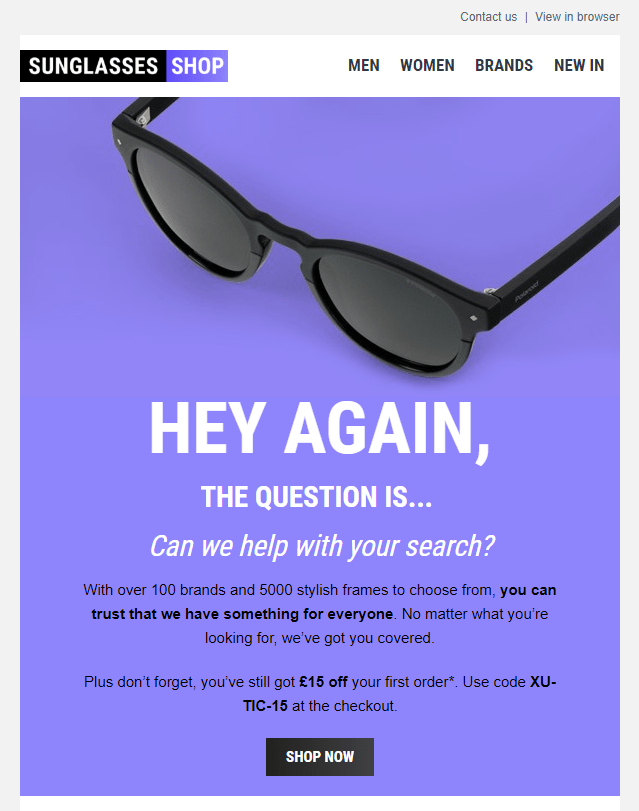
2. Loyal customers who haven’t bought anything for a while
Win back lapsed shoppers by reminding them what they like most about your brand, based on their past customer behavior. Let these existing customers know they are a valued customer by telling them about new products they might be interested in, and foster brand loyalty.
Saks includes a clear list of the benefits of shopping with them in their re-engagement email as part of their marketing strategy.

3. Customers who are close to converting
For frequent visitors who are close to converting in their customer journey, keep them updated with the latest product recommendations, personalized based on their preferences. Don’t be tempted to reach out with special offers, as this will diminish value of an order that was likely to take place anyway.
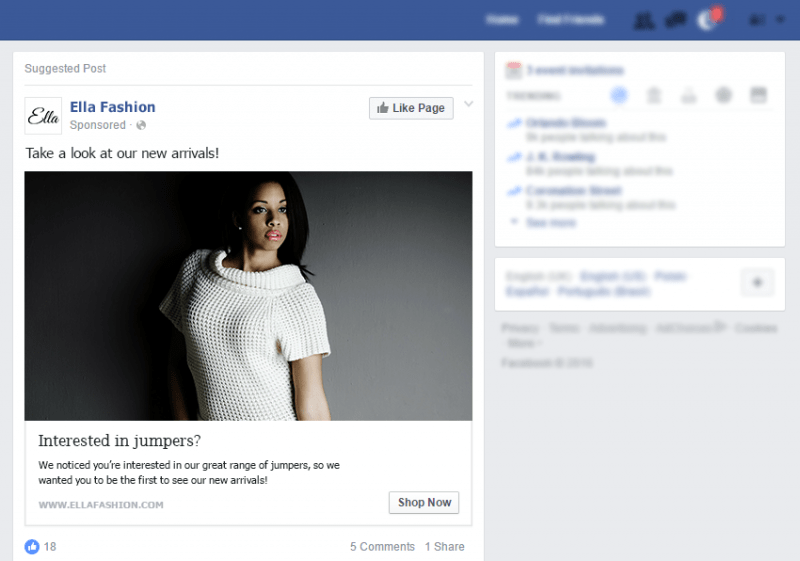
4. High spenders…
You can use browsing history and past orders to identify the customer segments who are likely to spend more than average. Target customers towards a conversion with recommendations for your higher margin products from their favorite category.
5. …and bargain hunters
Historic purchase data can also be used to identify the customer base who may be tempted by lower priced items. Encourage engagement with sale items or products that have dropped in price.
Wilko uses their newsletter to highlight the best offers in the customer’s favorite product category.
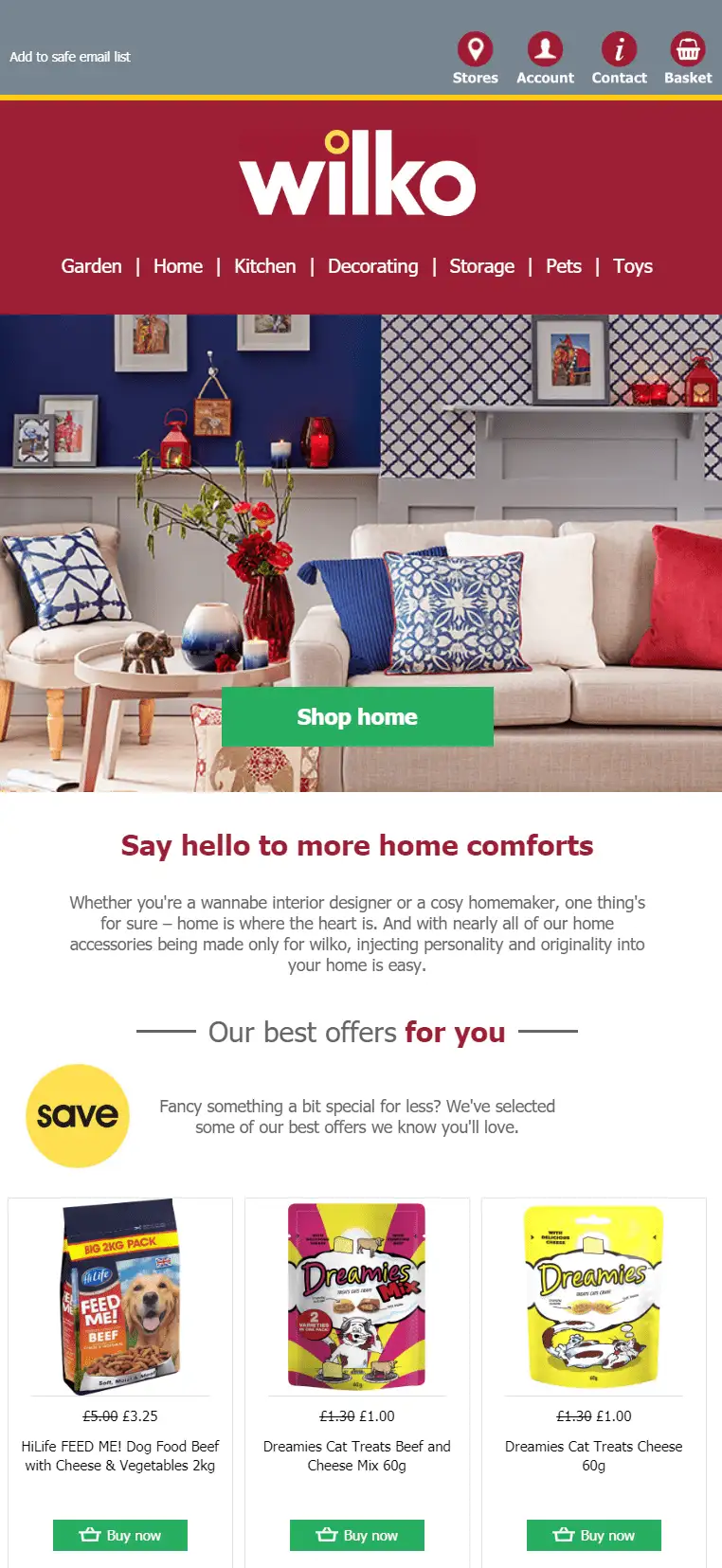
6. Customers who need to refill their stock
Target potential repeat purchasers with replenishment emails to remind them they will soon need to buy a refill. This works especially well for cosmetics, health supplements and consumables. Customers will be more likely to make a repeat purchase, and will also appreciate the timely reminder.
Viovet reminds customers of their last purchase date and highlights the recommended usage frequency for this particular product.
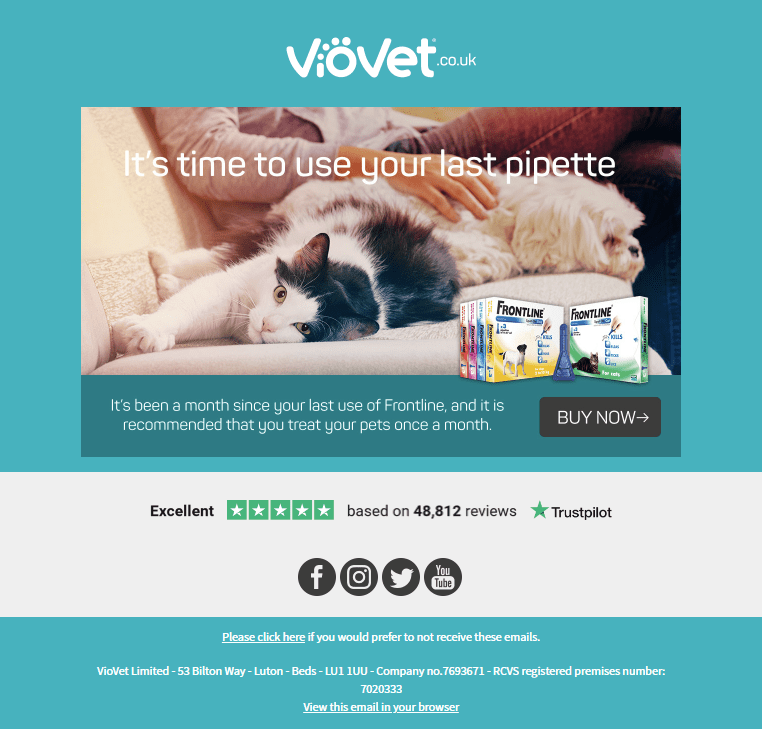
7. Shoppers who browsed a product that has dropped in price
Send price drop alerts to inform shoppers when their favorite product has been discounted. This provides extra encouragement for price-conscious shoppers and increases loyalty to your brand.
Country Attire sends price drop emails to their customers and creates urgency by encouraging them to grab the products before someone else does.
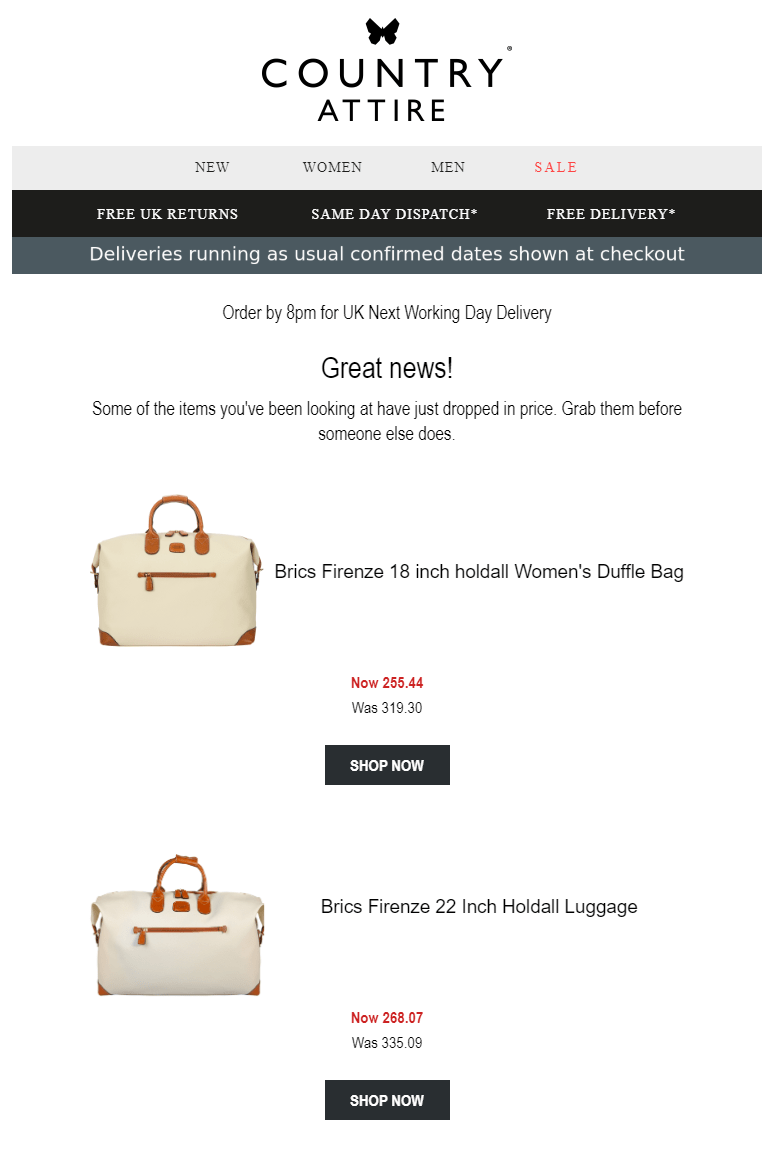
8. Customers who browsed an out of stock product
Customers’ browse data can be used to trigger an automatic email once the browsed product has been restocked. Shoppers from this market segment will be satisfied that they didn’t miss out on their desired product, and won’t be tempted to turn to a competitor to meet their needs.
John Lewis sends a back in stock email alert to customers, warning customers in this market segment that the product might sell out again and encouraging them to be one step ahead of the curve.

9. Customers who will help you meet your goals
You can also use this market segmentation strategy to meet your business objectives such as selling excess stock. Target content to shoppers who have shown a high level of interest in the specific product or category.
Get the most out of behavioral segmentation
Be smart about retargeting
When targeting content based on segments, rules should be set up to ensure that customers are not shown content promoting something they have already bought. It’s therefore vital that data from all your customer touchpoints is collected and coordinated in real time, so a shopper can be removed from a target market segment as soon as they have converted.

Deliver highly relevant content
Consumers have lots of choice, and are skilled at filtering out irrelevant information. Make the most of customer segmentation to ensure that shoppers see content based on their current interests and preferences. Engage customers with images and product details consistent with what they have just browsed on the website.
Keep it simple
Accessing behavioral and transactional data for marketing campaigns can be slower than you would like if your technical team has to pull back-end data from your eCommerce platform.
To make segmentation easier, you can adopt a real-time personalization platform like Fresh Relevance. Our Segment Builder allows marketers to quickly access and implement real-time customer data without relying on other teams. You can also combine segments with marketing rules to engage customers with specific content based on your business objectives.
Download the ebook for 10 ways to use behavioral segmentation, and the types of content that customers want.






